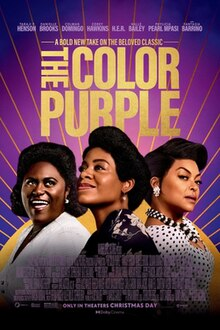
In Ethan Coen’s latest road crime comedy, Jamie has just broken up with her girlfriend, while her best friend Marian needs to relax. In search of a fresh start, they embark on an unexpected road trip to Tallahassee. Things quickly go awry when they cross paths with a group of inept criminals.
Leave it to (one of the) Coens to excellently capture yet again this style of crime films that they popularized in the first place — sharp dialogue, exaggerated violence, and crazy mishaps and coincidences that drive the plot forward. Margaret Qualley and Geraldine Viswanathan shine and are wonderful together as two women who want to be young, have fun and score some girls while they’re at it. Viswanathan in particular is terrific as the shier of the duo who’s also the source of some of the film’s funniest moments. Beanie Feldstein is also very funny — as she always is — in a prominent supporting role, not to mention a few A-listers pop their heads in for some great appearances.
Drive-Away Dolls is really carried by its quirky style is purely and unapologetically fun; nothing more, nothing less. But Ethan Coen is such an expert at making films that are fun with this amount of cleverness and delight that it’s no surprise. The two leads’ wise-cracks and chemistry together are so lovely and irresistible that there isn’t a dull moment with them on-screen, though the hypersexualized nature of the film’s plot, especially the second half, may turn some viewers off. The last act does feel very rushed and doesn’t conclude the story between these two women as smoothly as I wish it had; it’s almost like the movie was begging for just another 10 minutes to end things in a more vindicating way. But for Coens fans, this queer buddy comedy isn’t one of their best, but absolutely ridiculous and hilarious with two memorable lead performances and not much else we could wish for from the crazy style and cast.



